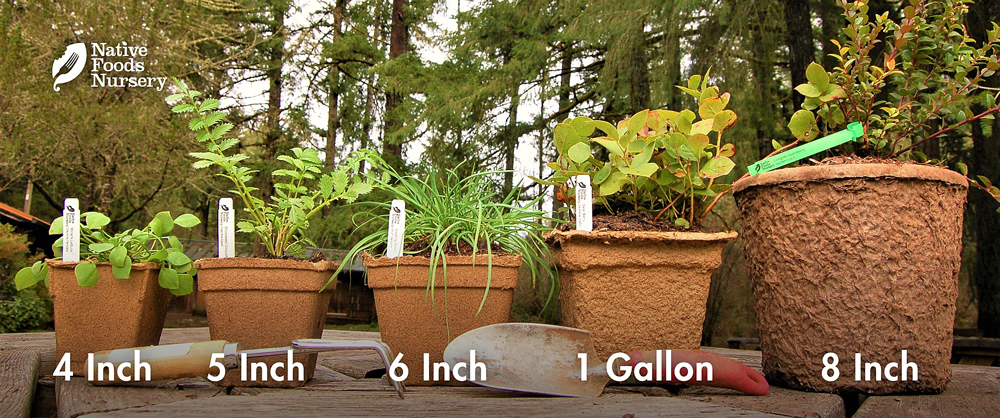Lady Fern is a graceful, deciduous fern with tasty fiddleheads and lacy ornamental fronds.
Edible Uses
Lady Fern, also known as the fiddlehead of the West, is a native food with edible fiddleheads. When cooked properly, it has a taste that has been compared to a mix of green beans, artichoke, and asparagus. Some reports say it can be slightly bitter or astringent, but this may be due to undercooking.
While Lady Fern has not been studied for it's nutrition, it is presumably similar to Ostrich Fern, being high in important vitamins and minerals (Vitamin A & C, Carotene A & B, potassium, iron) and even contain antioxidant compounds, essential fatty acids, and dietary fiber.
***Fiddleheads must be cooked before consumption to neutralize a harmful enzyme (see preparation below). They are often steamed or boiled, and then sauteed - and can be canned for later use.
Ornamental Qualities
Lady Fern has strong ornamental qualities. Its large size makes it a powerful presence in the garden landscape, yet it's lacy a delicate fronds invite softness and intricate texture. Being deciduous, it brings interest through the changing seasons, from Spring emergence of fiddleheads to Summer's deep green fullness to Fall's changing of color. It's a perfect plant for densely shaded areas, bringing full green color to otherwise dark patches of the yard. It spreads slowly via rhizomes, and can eventually form a lush groundcover. It's also very deer-resistant!
Environment and Culture
Lady Fern is circumpolar, and can be found through the United States and Canada, thriving in many different climates and habitats. It prefers moist and shady areas along streams and river banks, but can handle a considerable amount of sun if it stays consistently moist. It can be found growing alongside other ferns like Spreading Wood Fern or Fiddlehead Fern, or shade loving groundcovers like Redwood Sorrel and Pacific Waterleaf. It spreads by rhizomes, eventually creating colonies, providing seasonal cover for birds and other wildlife.
Northwest Native American tribes today still value this special plant as food, medicine, and family. Despite great cultural losses, they continue to work towards stewarding and restoring wild populations, both strengthening the integrity of the ecology and sustaining their cultural heritage and wisdom. These strong and recovering peoples and plants deserve our respect, gratitude, and reparations. (Learn more & how to help on our Charitable Giving page.)
Harvest, Care, and Preparation
Summer sun and heat or excessive wind can shred and brown the leaves prematurely; plant in a somewhat protected area. Leaves brown naturally and the ferns go dormant in the Winter.
Harvest of fiddleheads begins in early Spring in the Northwest, as soon as the curled, green heads begin to emerge from the previous year’s rootstock. Be attentive - it doesn’t take too long for them to grow above 6 inches (at which point they aren’t as tender). Only harvest heads that are still tightly coiled, and only harvest half of heads from any one plant to ensure overall plant health. They can be cut with a knife or snapped off with using your fingers.
Once harvested, remove chaff with fingers, wash, and then blanch in rapidly boiling water for at least 1-2 minutes (this is important). (Longer boiling may remove some additional bitterness, but may also ruin the crisp texture.) Discard water. Then, they can be prepared in any way one might eat asparagus, or other steamed veggies. They can be sauteed, stir-fried, or served with melted butter and salt, or even lemon juice and garlic. Mmmmm! Enjoy!
Native Range: Circumpolar, All U.S.
USDA zones: 4-8
Ease of Care: Very Easy
Deer Resistance: Very High
Light Requirements: Shade to Partial Sun
Soil Type: Any, Prefers Slightly Acidic
Water Requirements: Moist to Wet
Pollination: Self-Fertile
Bearing Age: 2 yrs from rhizomes
Size at Maturity: 2-5ft
Bloom Time: N/A
Harvest Time: Early Spring
Pot Sizing Guide
